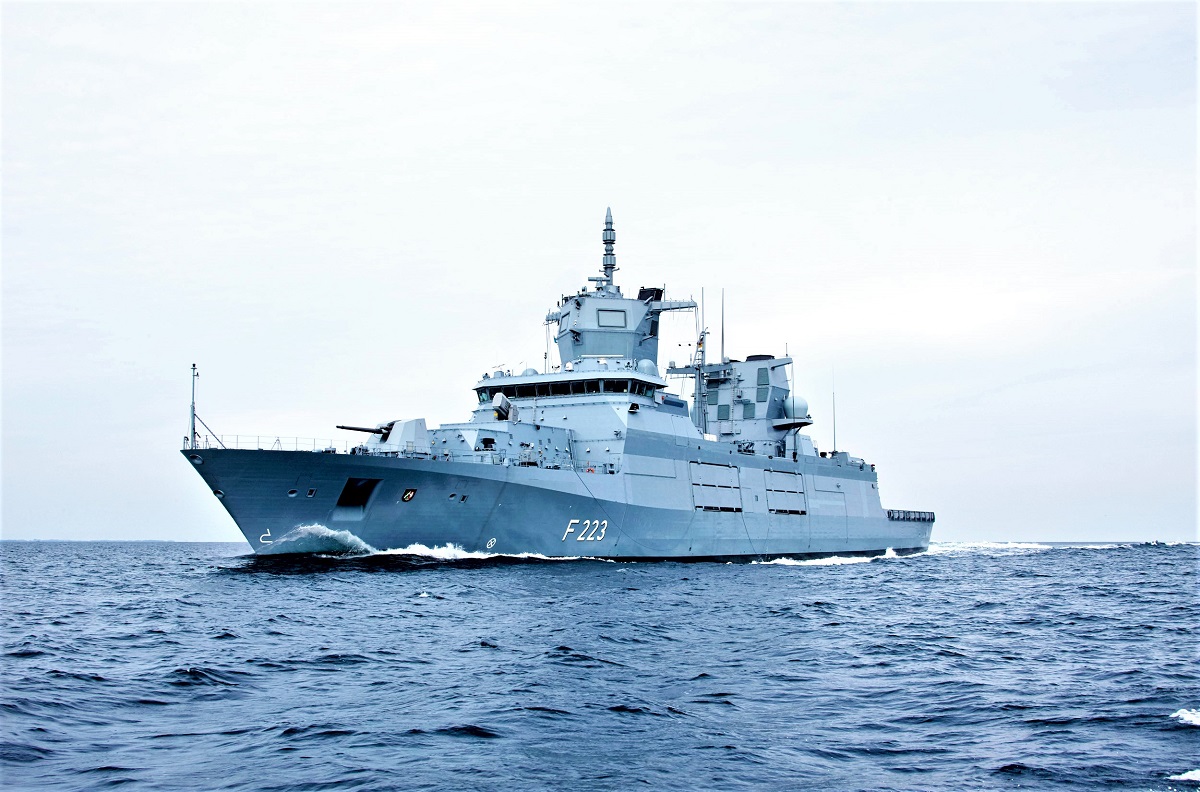10 months later, and after this was pushed back quite a couple times:It is already acquiring 18 NH90 Sea Lion helos to replace its Sea King fleet.
The German Navy officially accepted delivery of the first NH90 "Sea Lion" on May 27th and had the first delivered June 4th - official commissioning ceremony is this thursday.
- "Sea Lion" is the NTH version - the navalized NFH frame without the ASW equipment package (but with the ENR surveillance radar retained), equipped with the rear cargo ramp of the TTH as a distinctive visible feature and some other minor differences. "Sea Tiger" is planned to be a NTH with the ASW package of the NFH added to it.
- France also operates NTH, although they subsume these under the general NFH designation - out of their 27 NFH helicopters 13 are NTH.
- In the Netherlands the "TNFH" version for the Air Force are NTH, while the Navy runs NFH.
- Italy's "MITT" variant is a NTH omitting the surveillance radar, intended for amphibious troop transport. Note that the Italian Navy additionally also operates some TTH, i.e. non-navalized frames.
- Norway and Belgium do not operate NTH. The Norwegian Coastguard NH90 are NFH (without ramp) without the ASW equipment.
Last edited:


